Editor’s Picks +
News + Racing +
Newsletters
Get the latest news from Escape Collective

Spin Cycle
Get our unique spin on news from the world of cycling.

Threaded
Tools and techniques for all the mechanics out there.

Wheel Talk
The latest news and analysis from the women’s peloton.>

Performance Process
Better, faster, more aero.

Search bikes, parts and accessories for sale on a single site.
Top Categories

Bikes

Components

Apparel
Performance +
Mountain Bike +

Tech features
For our final installment of 2025 Sea Otter coverage we share the largest gallery yet, with an eclectic mix of bikes and tech finds from from Abbey Tools, Bivo, Crankrothers, Ergon, ENVE, High Above, Hudski, Lee Cougan, Omnium, Praxis, Prestacycle, Rizzo, Stromm, and Teravail.





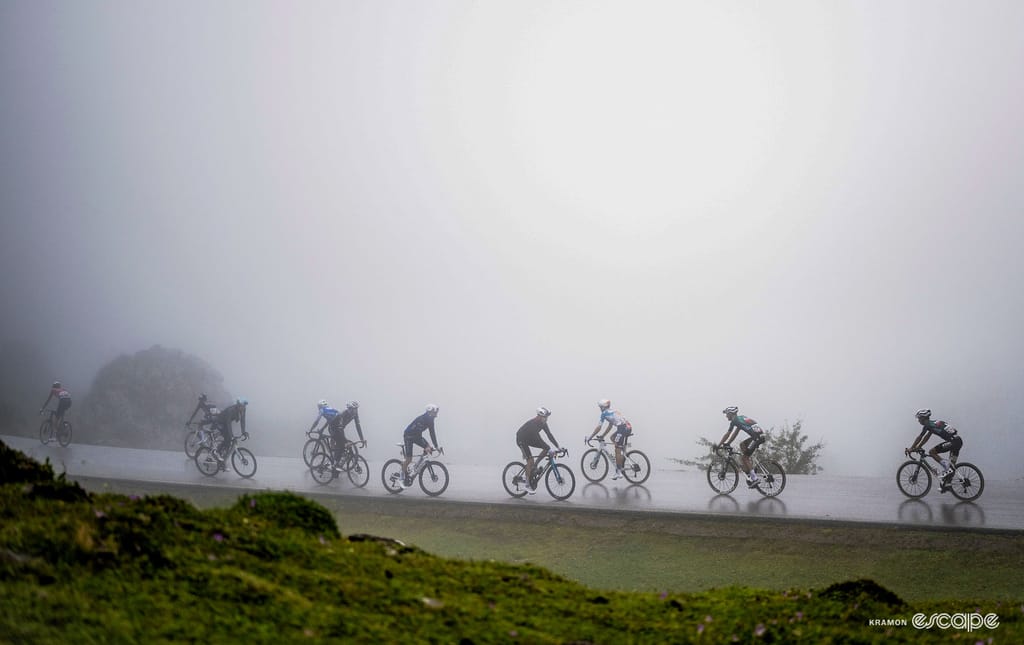
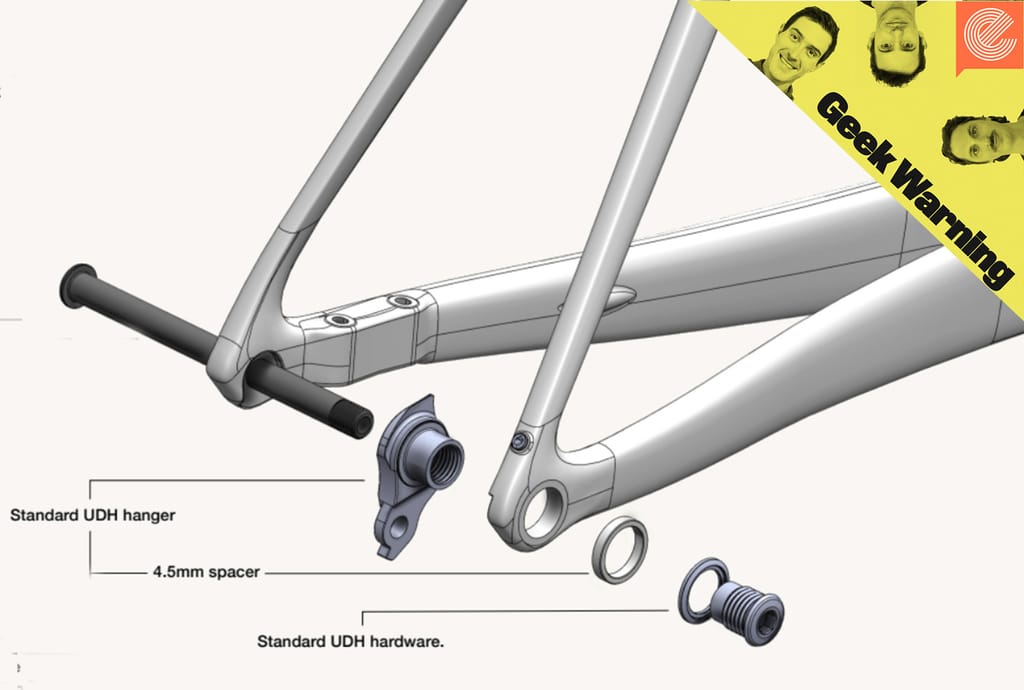
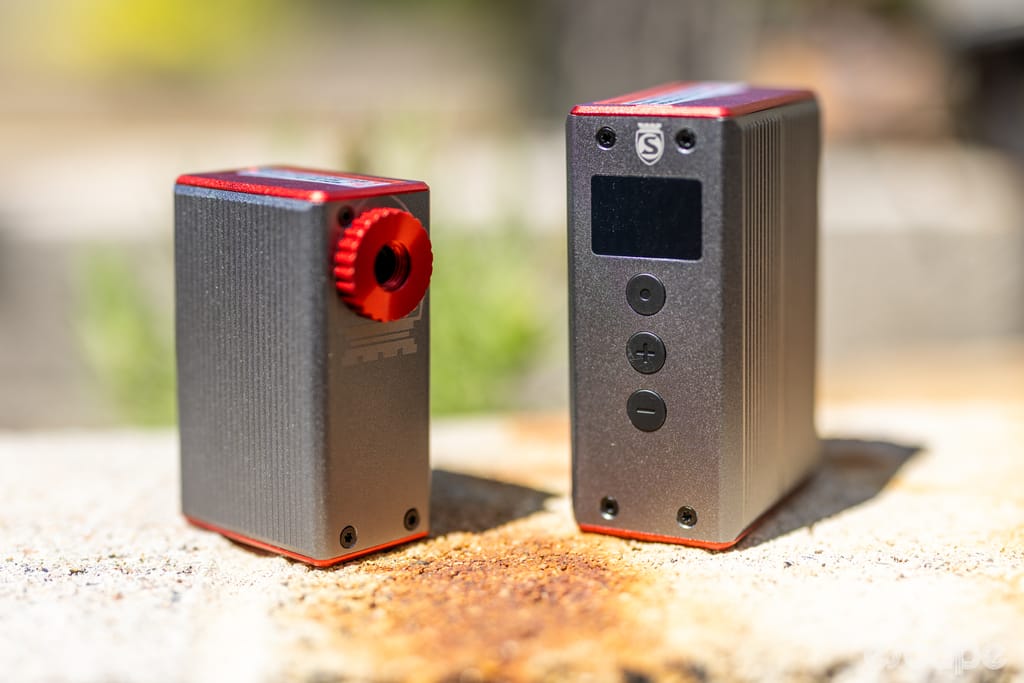
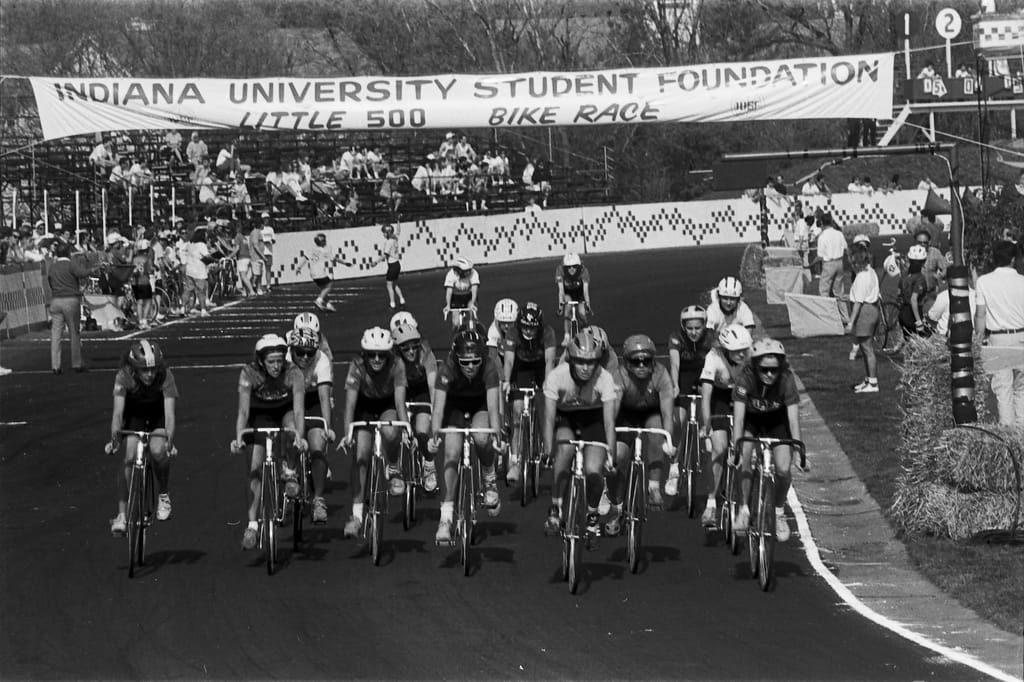
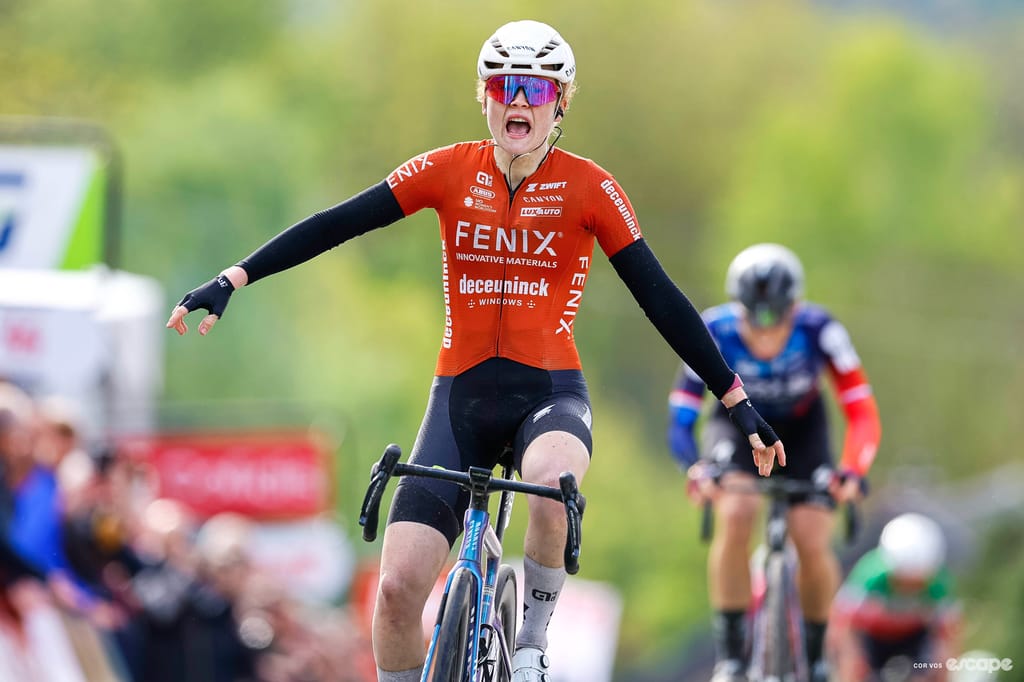


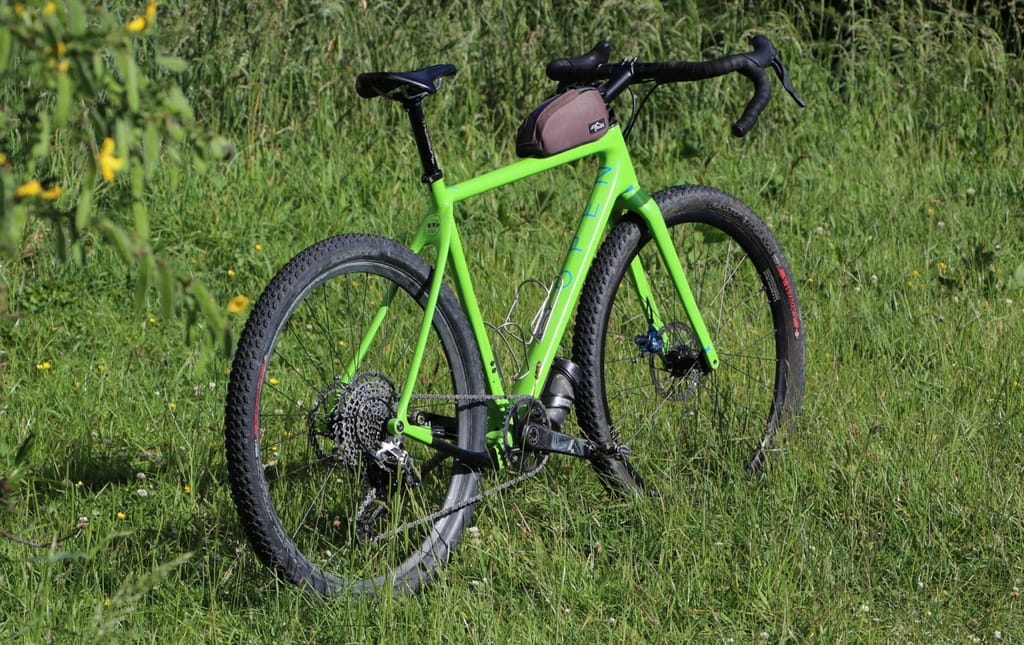

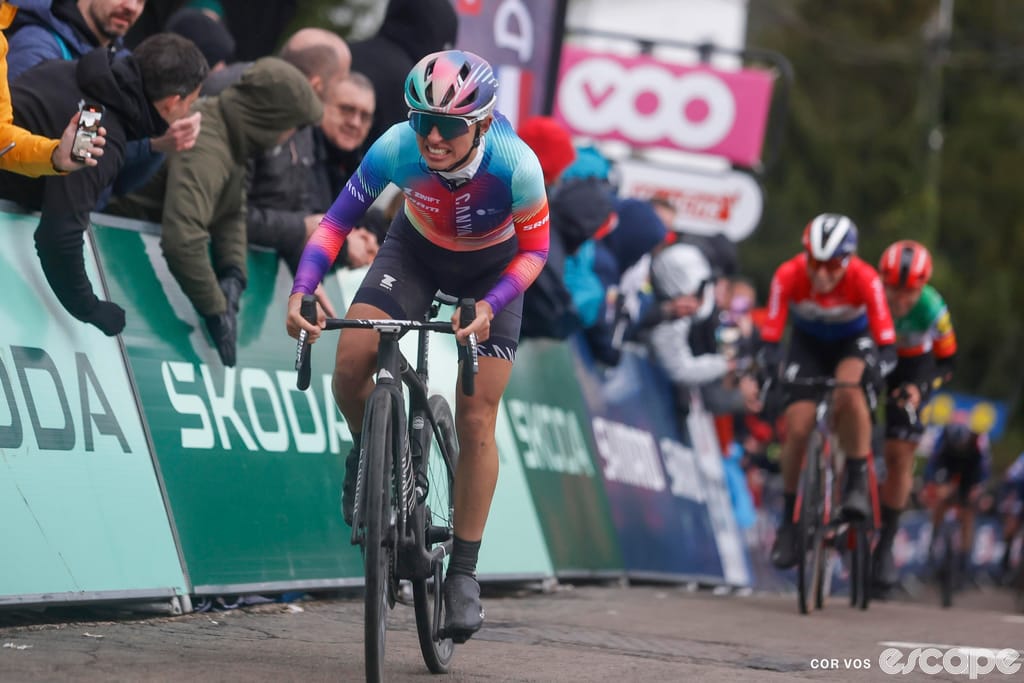
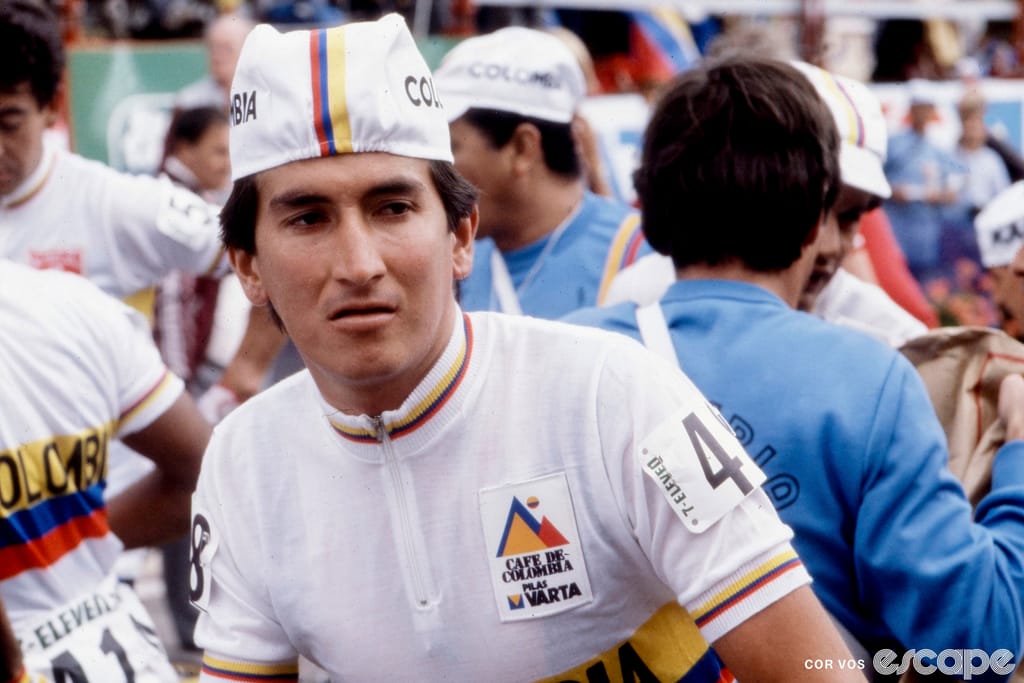
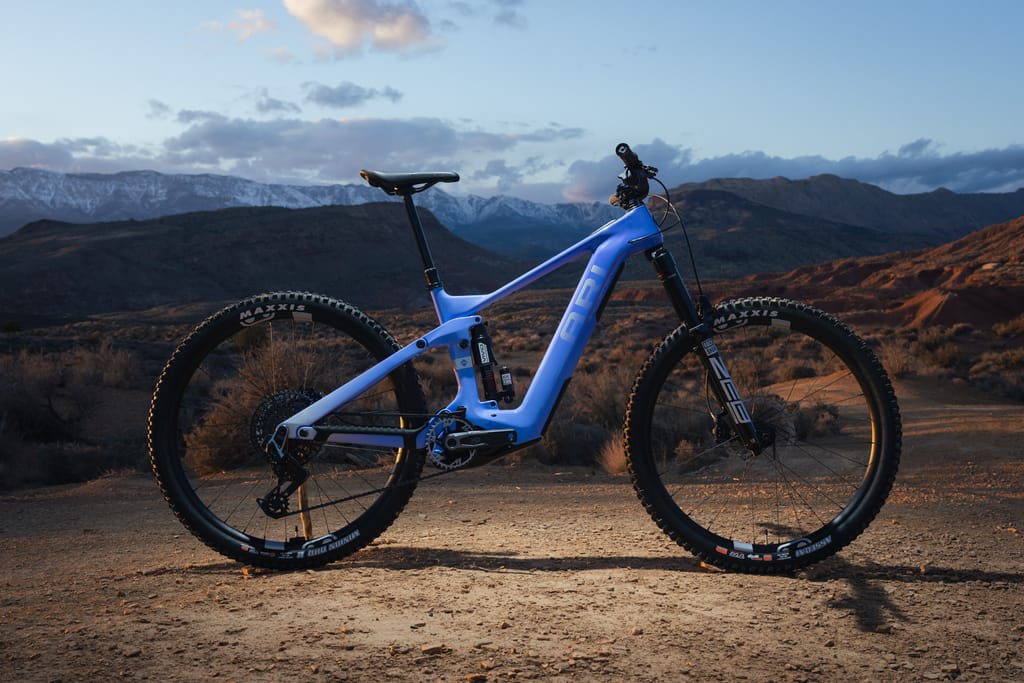

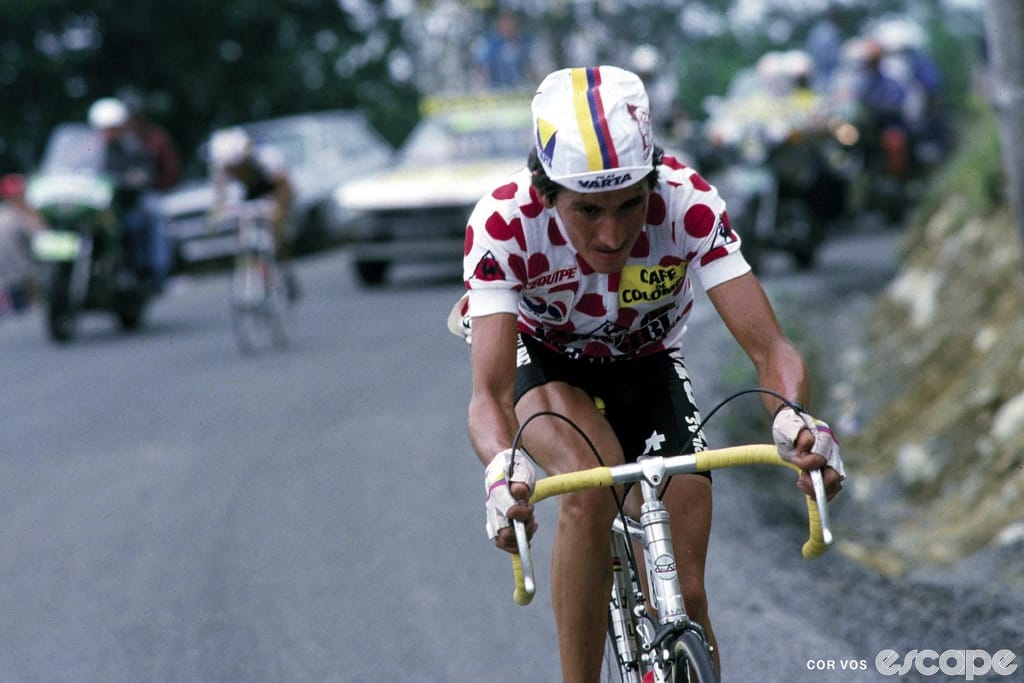







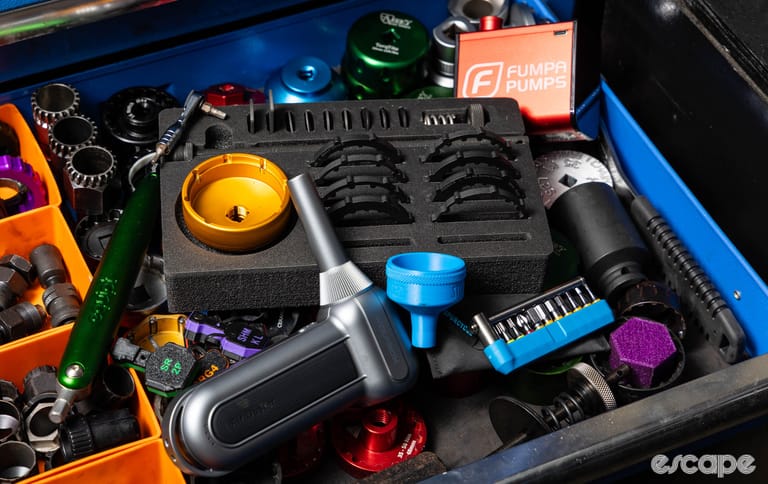

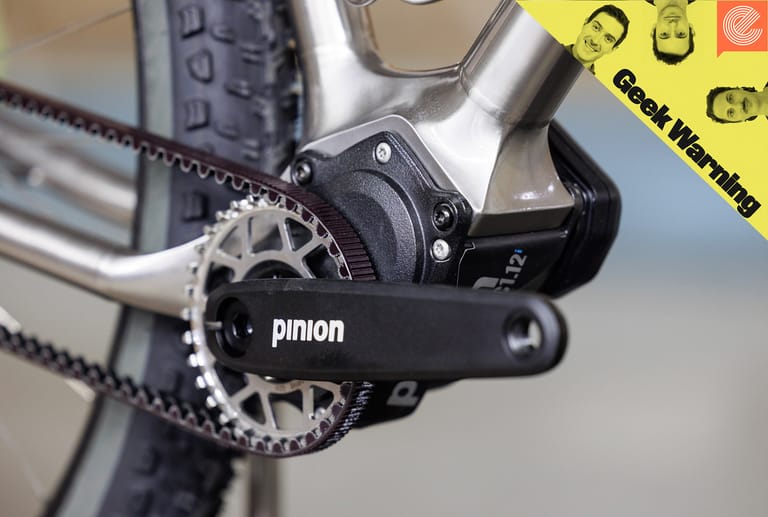


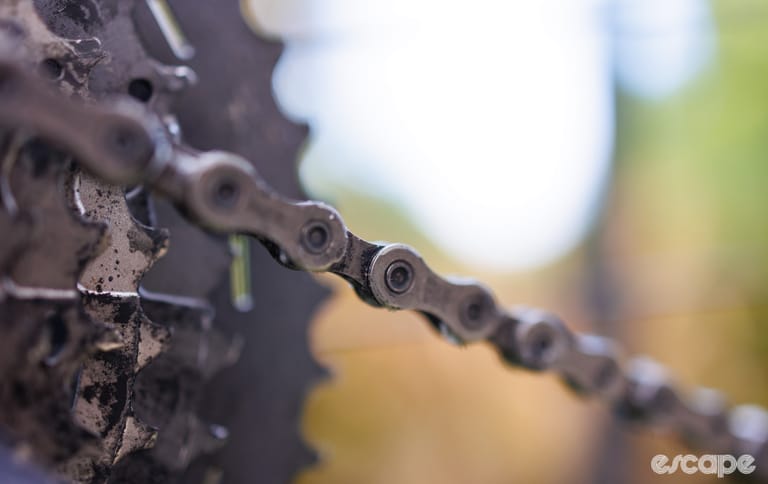

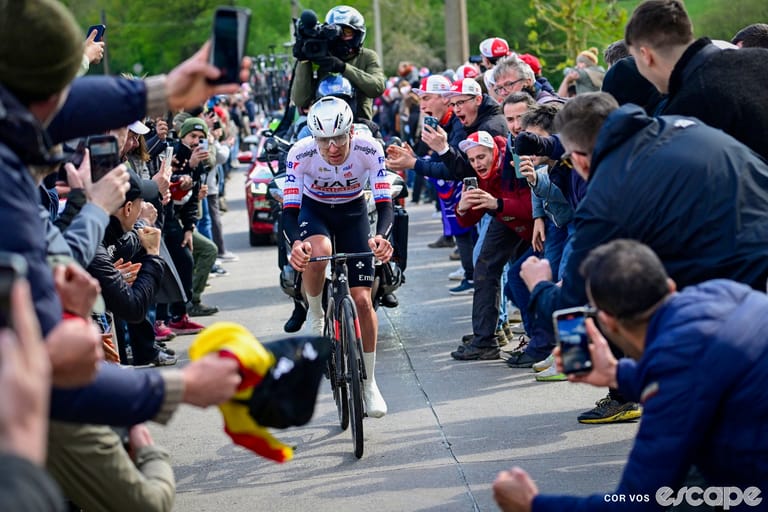
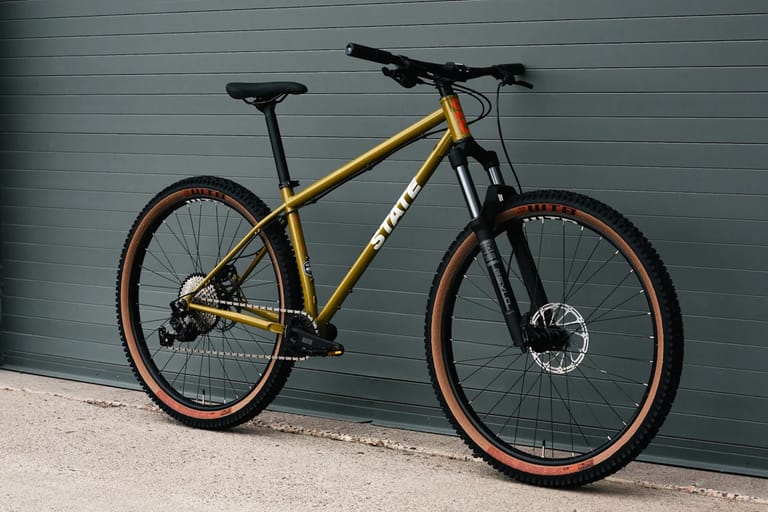













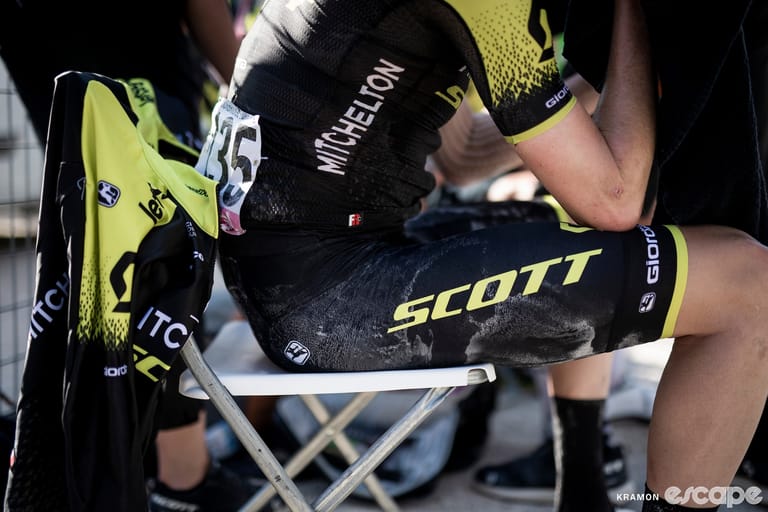




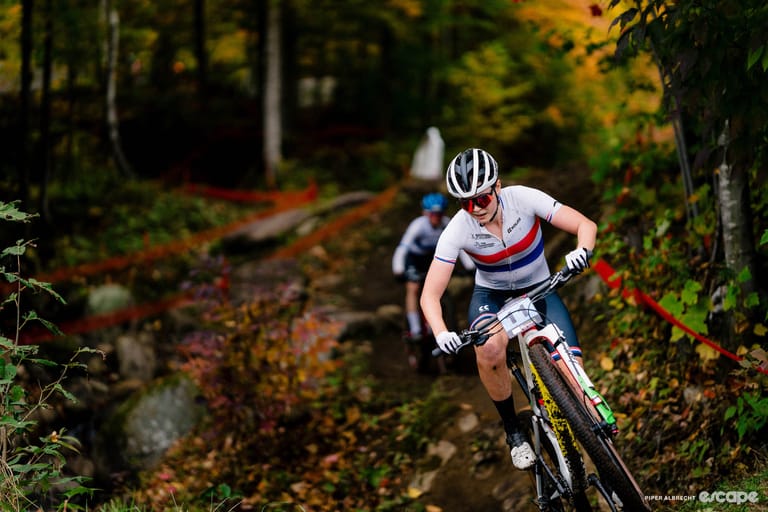
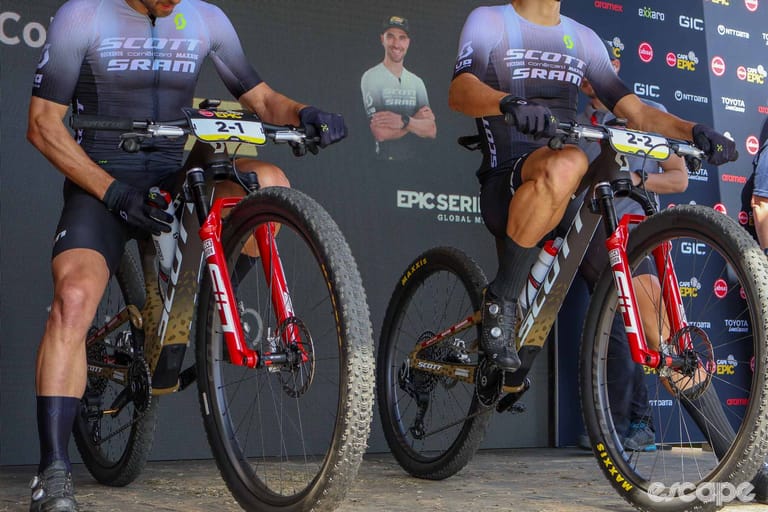



 The inquest into Olivia Podmore's death ends with shocking revelations
The inquest into Olivia Podmore's death ends with shocking revelations
The 24-year-old reportedly suffered abuse and neglect by elite sports organizations in New Zealand before her death by suspected suicide.by Georgie Howe